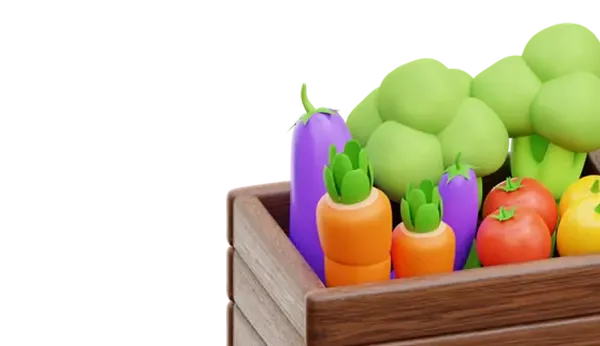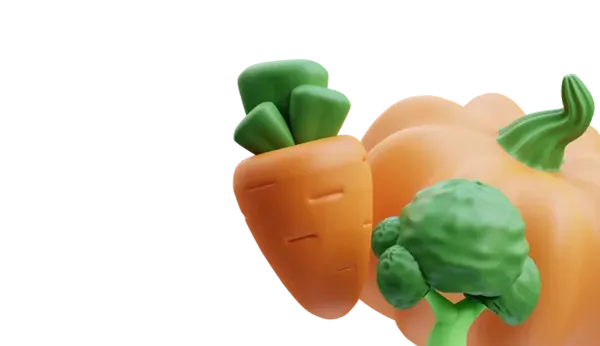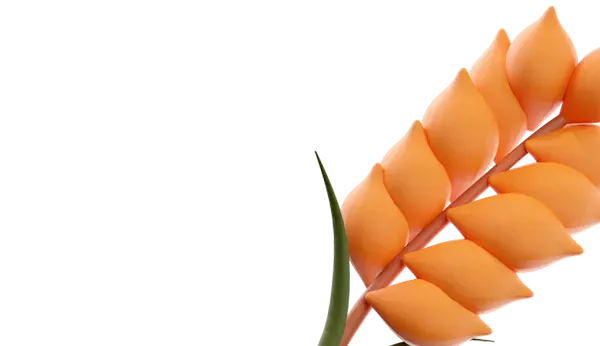The submitted sample was sent to the accredited testing center of the Rostov branch of the Federal State Budgetary Institution "Center for Quality Assessment of Agricultural Products", where wheat analysis is conducted based on various criteria such as color, aroma, composition, protein level, gluten content and quality, transparency, falling number, quantity, moisture, impurities, and other characteristics, in accordance with the Russian State Standard and the order of the Ministry of Agriculture of Russia dated 08.09.2021 No. 611 "On the list of consumer properties of domestic grain for conducting state monitoring".
Based on laboratory tests, the grain is divided into groups, each of which has its own standards and limitations.
The smell and color of grain that meets consumer standards should meet the criteria of healthy grain.
The mass fraction of unrefined gluten for grain of the third grade should range from 22% to 26%, and for the fourth grade – from 18% to 25%.
The quality of unrefined gluten for the third grade should be in the range of 70 to 95 IDK, while for the fourth grade – from 70 to 97 IDK. The percentage of protein content in dry matter ranges from 12.7% to 16.5% for the third class, from 11.5% to 14.6% for the fourth class, and from 10.9% to 15% for the fifth level.
The falling number for grain of the third class varies from 290 to 435 seconds, and for grain of the fourth class – from 300 to 372 seconds (which is critically important for use in the bakery industry, the optimal value being 200 seconds). The grain should not contain frozen grains and harmful impurities.
The Rostov branch of the Federal State Budgetary Institution "Center for Quality Assessment of Agricultural Products" needs to inspect 100% of the harvested crop in 2025. According to the plans, in the Rostov region this will amount to 10.9 million tons, and in the Republic of Kalmykia – 583.2 thousand tons. Specialists will have to take more than 16 thousand samples and conduct over 300 thousand tests.
State monitoring of wheat in the region will last from June 21 to October 10, 2025. As in the previous year, during this period, checking the grain for consumer characteristics will be free of charge.
– The procedure includes the following steps. The farmer provides information about the crop in the FGIS "Grain" and notifies the branch of readiness to collect samples. Specialists go to the farms to take samples, which are then sent to an accredited laboratory for analysis. The results are entered into the FGIS "Grain" by the branch's specialists, – said Anna Khasanzyanova, assistant to the head of the Rostov branch of the Federal State Budgetary Institution "Center for Quality Assessment of Agricultural Products".
The department staff have done significant preparatory work for harvesting and implementing the state monitoring program. At meetings with farmers, they explained in detail the process of interaction within the wheat grain monitoring program, organized a consultation line, and distributed information materials among agricultural producers.
By June 24, the branch received two notifications of readiness to collect wheat samples.
In 2024, as part of the state monitoring of wheat, specialists from the Rostov branch of the Federal State Budgetary Institution "Center for Quality Assessment of Agricultural Products" analyzed 10.2 million tons of hard and soft wheat from 2024 harvested in the Rostov region, as well as 606.5 thousand tons in the Republic of Kalmykia, which accounted for 100% of the total harvest. A total of 302 thousand grain tests were conducted.
As a result of the 2024 harvest inspection in the Rostov region, it was found that 17.7% of the grain is classified as grade 3, 51.7% – as grade 4, and 30.6% – as grade 5. In the Republic of Kalmykia, more than 5 thousand tons of grade 2 wheat was identified, accounting for 0.8%. The share of grade 3 grain was 23.1%, grade 4 – 42.5%, and grade 5 – 33.3%.
Thus, last year the share of food wheat amounted to 70%.















